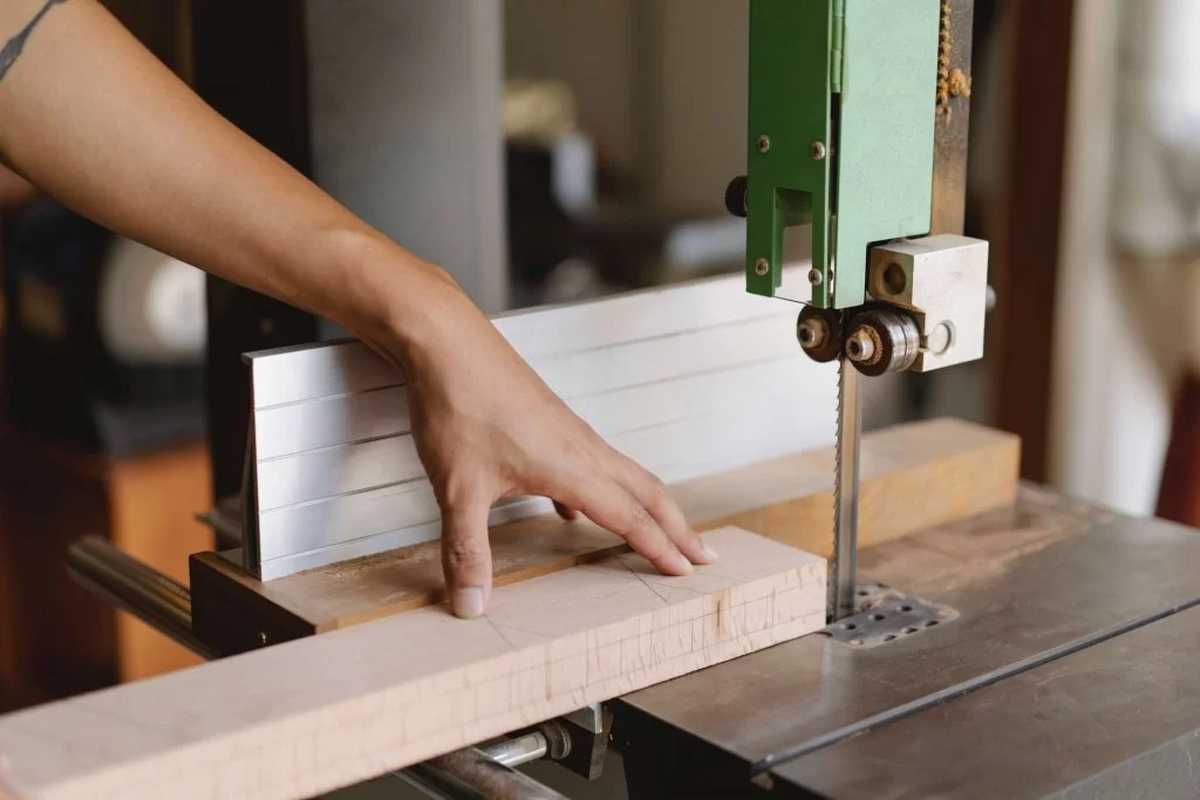
Woodworking is both an art and a science that requires precision, creativity, and the right tools. Among the most essential tools are power saws, each type designed for specific tasks and materials.
Without further ado, let’s dive into the six main types of power saws commonly used in woodworking.
Circular Saw
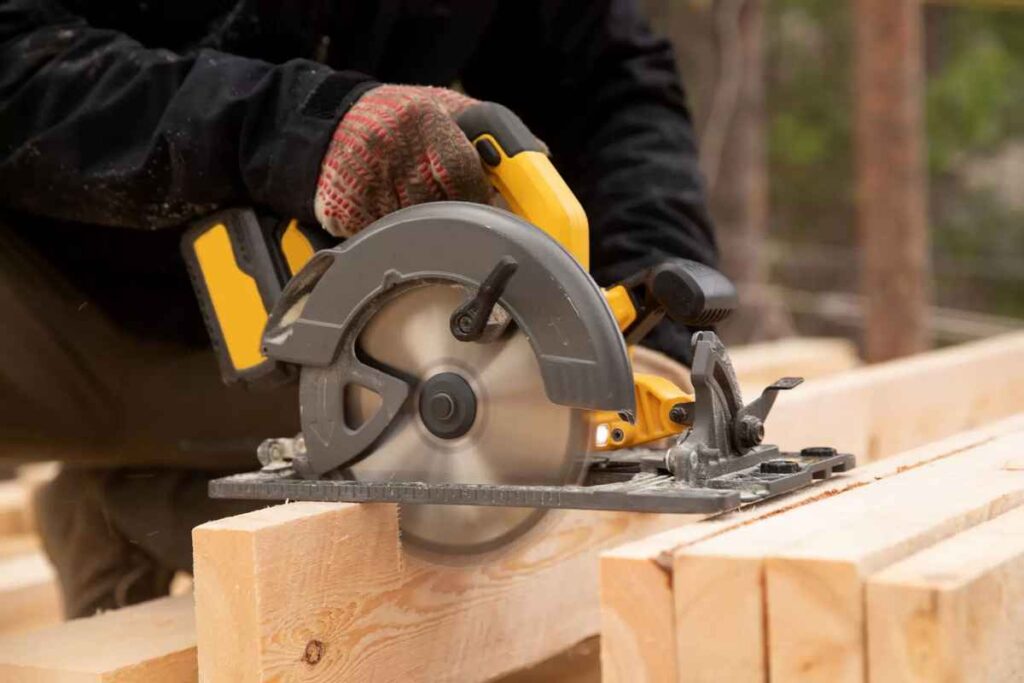
The circular saw is the workhorse of power tools. It’s versatile, portable, and ideal for making straight cuts in a variety of materials. With a round, toothed blade that spins rapidly, it can cut through wood, metal, plastic, and more.
You can use it for tasks like trimming boards, cutting plywood, and even making basic joinery cuts. Moreover, it comes in corded and cordless varieties, with cordless models offering more mobility.
Jigsaw
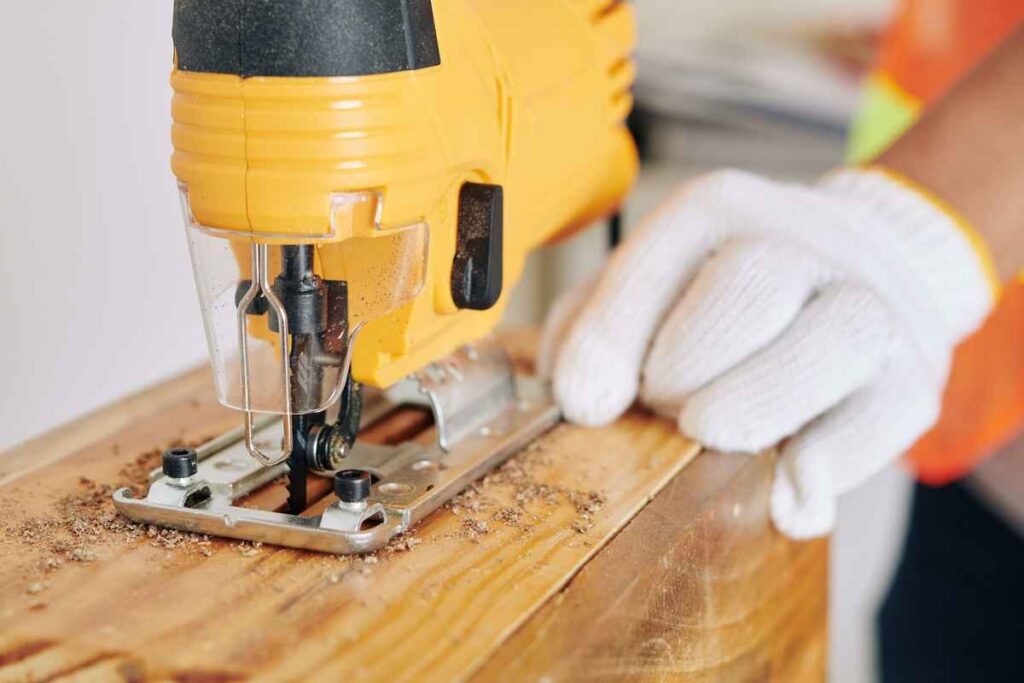
The jigsaw is the go-to tool for intricate cuts and curves. It has a narrow, vertical blade that moves up and down, allowing it to follow complex patterns and shapes.
This tool is perfect for cutting intricate designs, curves, and internal cutouts in wood. While it’s not as fast as a circular saw, its precision makes it indispensable for detailed work.
Table Saw
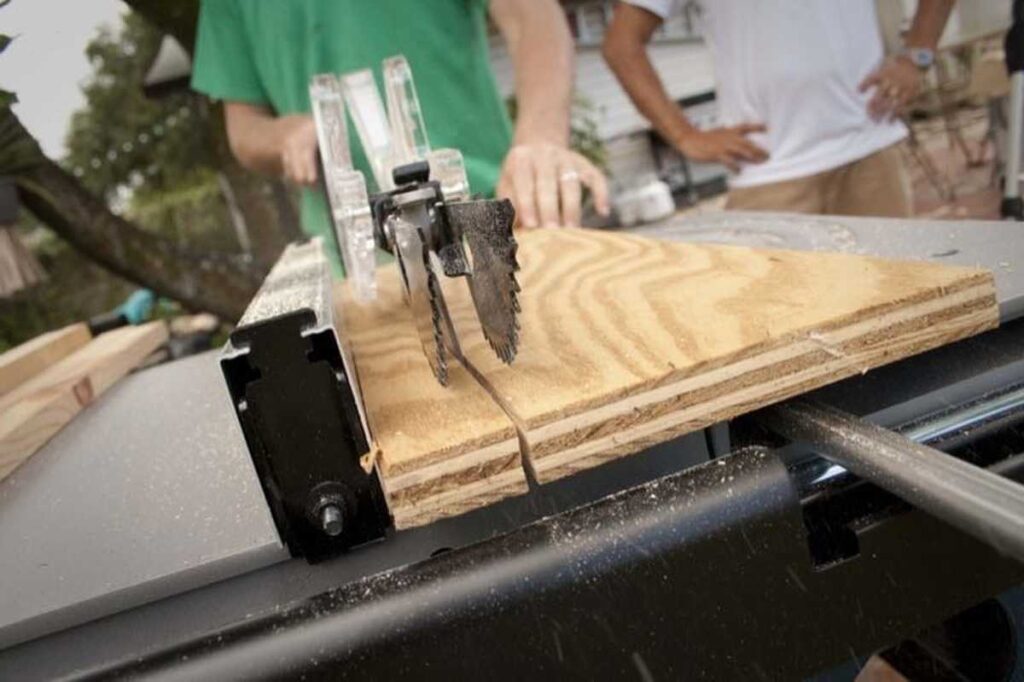
A table saw is a stationary power tool, with a circular blade protruding through a slot in a flat table. It’s excellent for making precise, straight cuts, especially long rip-cuts (cuts along the grain of the wood).
The table saw is also versatile, allowing for cross-cuts, bevel cuts, and even dado cuts with the right setup. It’s a staple in many woodworking shops due to its accuracy and efficiency.
Miter Saw
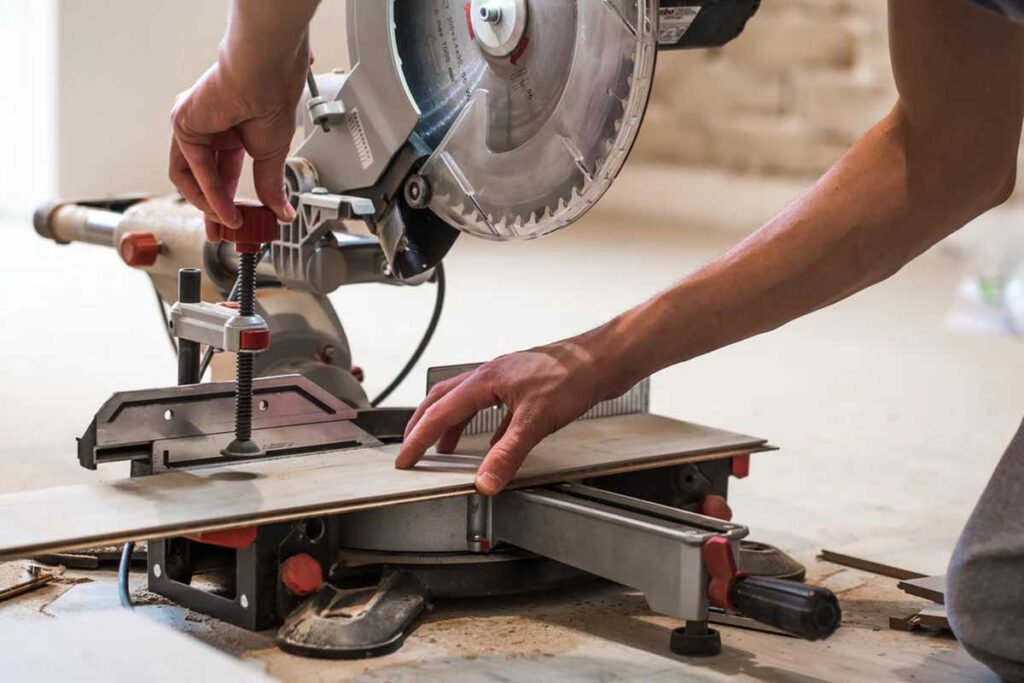
A miter saw is designed for making accurate crosscuts and miter cuts. It features a circular blade mounted on a swing arm that pivots left or right to produce angled cuts. This tool is essential for projects requiring precise angles, like picture frames or crown molding.
Some miter saws also offer a compound feature that allows you to make bevel cuts in addition to miter cuts.
Band Saw
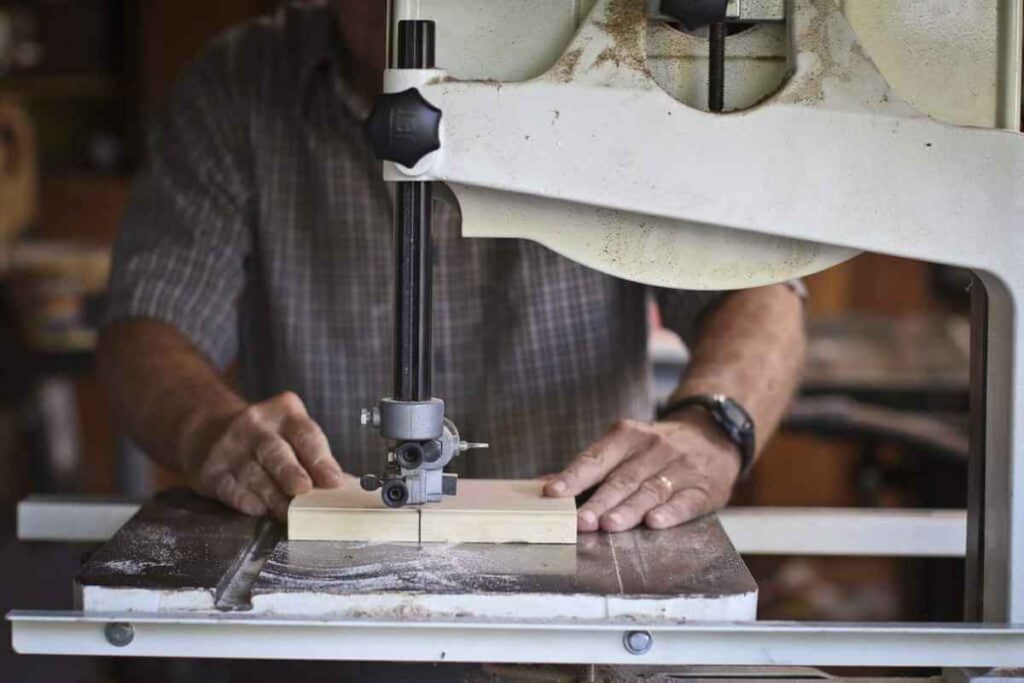
The band saw is unique with its long, thin blade that forms a continuous loop. It’s excellent for making smooth, curved cuts, resawing (cutting wood along its thickness), and even ripping lumber.
Its ability to make precise, curved cuts that other saws can’t handle makes it a valuable tool for more intricate projects.
This type of saw comes in various sizes, from small benchtop models to large floor-standing units.
Reciprocating Saw
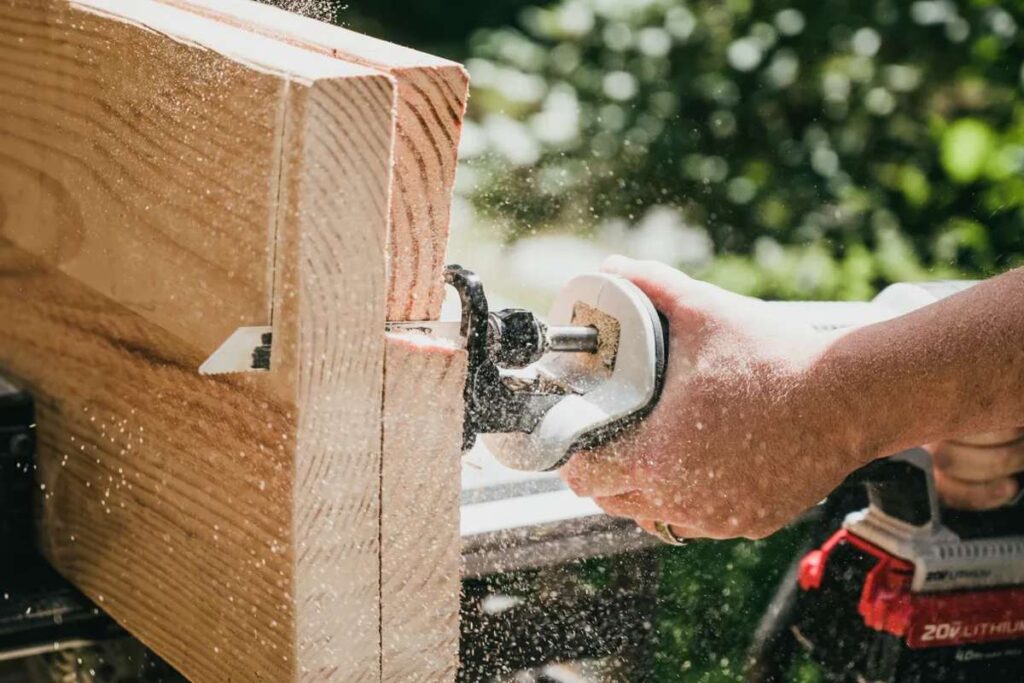
A reciprocating saw is known for its back-and-forth cutting motion, thanks to the push-and-pull motion of the blade. It’s not typically known for precision but excels in demolition and rough-cutting tasks. It can cut through wood, metal, plastic, and even nail-embedded wood.
Its aggressive cutting action makes it ideal for remodeling projects, like window or door cutouts.
Conclusion
Each type of power saw has its unique strengths and applications in woodworking. The choice of saw depends on the specific requirements of your project, the materials you’re working with, and the level of precision needed.
Whether you’re a seasoned woodworker or a beginner, understanding these tools’ capabilities and limitations is key to successful woodworking projects.
That said, always prioritize your safety! Always wear appropriate safety gear and follow the manufacturer’s instructions when operating power tools. Happy woodworking!
